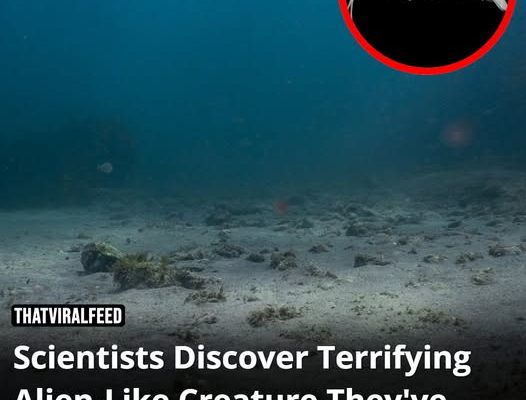Named Dulcibella camanchaca, this fascinating creature was found inhabiting some of the deepest, darkest waters on Earth.
Described as ‘alien-like’ in appearance, the species is the first large, active predatory amphipod to be identified in the deep sea, according to SciTechDaily.

It has since been classified as part of the Eusiridae family and represents a newly identified genus.
This trench, created by the collision of tectonic plates, ranks among the deepest on the planet, plunging to a remarkable 8,000 meters (26,246 feet).
While the discovery itself occurred during the Integrated Deep-Ocean Observing System (IDOOS) Expedition last year, the findings have only recently been published, offering new insights into deep-sea biodiversity.

This amphipod stands out with its specialized raptorial appendages, known as gnathopods, which it uses to capture prey, making it a highly effective predator in its habitat.
The ongoing expedition aims to deepen our understanding of deep-ocean circulation and the unique ecosystems of the hadal zone, particularly in the Atacama Trench, as well as the dynamics of particle flux in these extreme environments, according to the Partnership for Observation of the Global Ocean.
Dr. Johanna Weston, a hadal ecologist at WHOI and co-lead author of the study, shared her excitement about the find: “Dulcibella camanchaca is a fast-swimming predator that we named after ‘darkness’ in the languages of the peoples from the Andes region to signify the deep, dark ocean from where it predates.”
Carolina González, an oceanographer from the University of Concepción and another co-lead author, emphasized the importance of the discovery: “This study’s collaborative effort and integrative approach confirmed Dulcibella camanchaca as a new species and highlights ongoing biodiversity discoveries in the Atacama Trench.”

González also noted that the expedition is far from over, and scientists anticipate even more groundbreaking discoveries in the future.
Beyond identifying new species, the research team hopes to better understand how these fragile ecosystems, like the one in the Atacama Trench, are being affected by human-driven challenges such as pollution and climate change.



